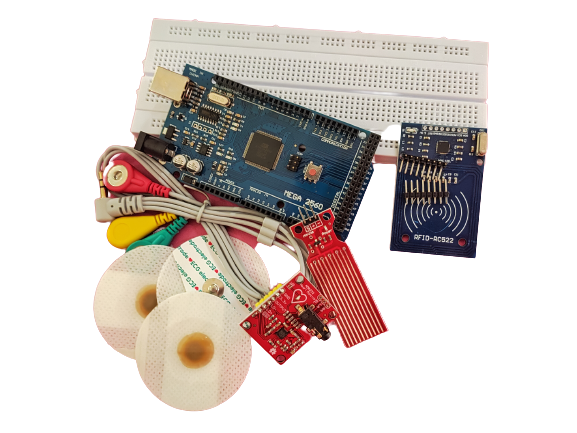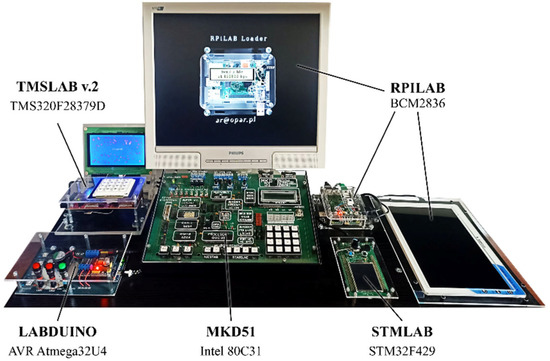
Embedded Program Training
What is Embedded Programing:
An embedded system is a computer system designed to perform specific tasks within a larger system. It is a combination of hardware and software that is embedded or integrated into a larger device or product to control and monitor its operation. Embedded systems are typically dedicated to performing specific functions and are often real-time systems, meaning they must respond quickly to external events.
Characteristics of Embedded System:
- Hardware Integration: Embedded systems are designed to be tightly integrated with the hardware of the host device or product. They often include microprocessors or microcontrollers, memory, input/output interfaces, and other peripheral devices.
- Dedicated Functionality: Embedded systems are built to perform specific tasks or functions. They are typically designed to control or monitor a particular aspect of the host device, such as controlling the temperature in an air conditioning system, managing the navigation system in a car, or operating the flight control systems in an aircraft.
- Real-Time Operation: Many embedded systems require real-time operation, meaning they must respond to external events within strict timing constraints. For example, a real-time embedded system in a car’s anti-lock braking system must quickly respond to sensor inputs and adjust the braking pressure accordingly.
- Resource Constraints: Embedded systems often have limited computational resources, such as processing power, memory, and storage. They are typically optimized for efficiency and power consumption, as they are commonly deployed in devices with limited energy sources, such as batteries.
- Embedded Software: The software running on embedded systems is specifically developed to control the hardware and perform the intended functions. It is usually written in low-level programming languages like C or assembly language to maximize efficiency and direct hardware access.

embedded systems can be found in various domains, including consumer electronics (smartphones, digital cameras), automotive (engine control units, entertainment systems), industrial automation (robotics, process control systems), medical devices (pacemakers, MRI machines), and many more.

Designing and developing embedded systems require a combination of hardware and software engineering skills, as well as a deep understanding of the target application domain and the constraints imposed by the system’s requirements
